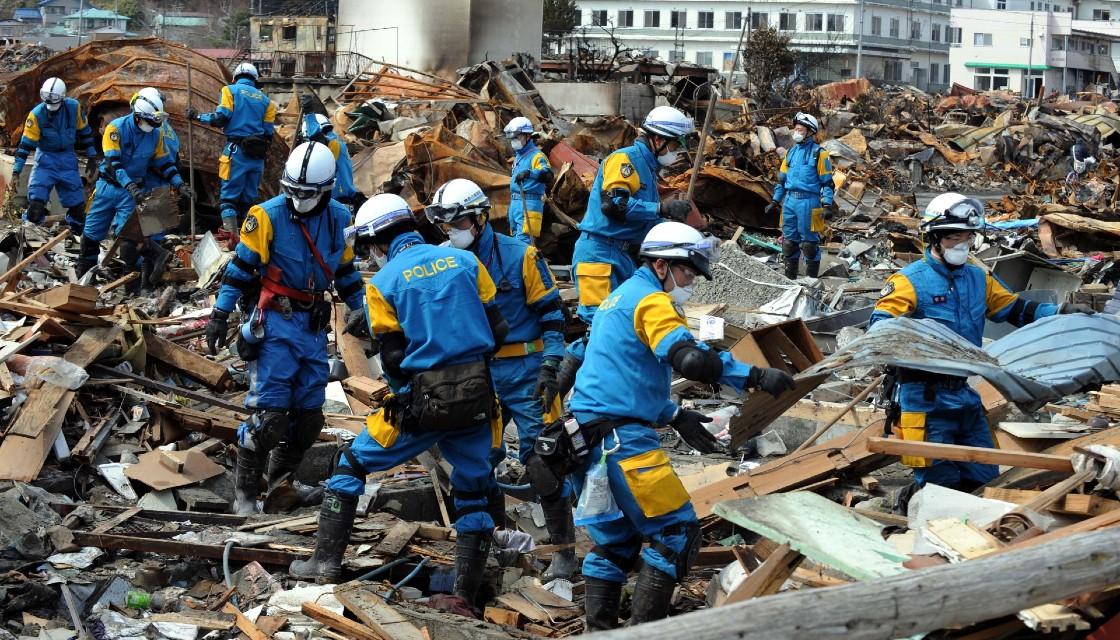On March 11, 2011 a ferocious tsunami caused by Japan's largest-ever earthquake slammed the country's eastern coast.
The magnitude 9 earthquake, which struck offshore, was one of most powerful in the world and spawned a massive tsunami. In the hours after the initial quake more than 50 strong aftershocks hit with many as strong as magnitude 6.
The tsunami, which reached speeds of 800 km/h, claimed the lives of thousands of people and reached heights of up to 40.5 metres. The official toll for deaths and missing varies but sits somewhere between 15,000 and 20,000 people.
The tsunami devastated coastal areas of Japan, most notably the Tōhoku region. Residents in the northeastern city of Sendai had only eight to 10 minutes warning before the tsunami hit.
Meanwhile, people living near the Fukushima Daiichi Nuclear Power Plant complex were forced to evacuate as the tsunami caused a large nuclear meltdown.
The waves swept cars, houses and people back into the ocean as it retreated and left some areas completely submerged. More than 120,000 homes were destroyed causing thousands of people to be displaced.

The disaster cost billions of dollars in damage alone. The earthquake and its aftermath is estimated to have resulted in a 0.47 percentage point decline in Japan's real GDP growth in the year.
The earthquake was so strong that a Nasa researcher estimates that it caused Earth to rotate a bit faster and shortened the length of days by about 1.8 microseconds.
NASA Jet Propulsion Laboratory research scientist Richard Gross's calculations also show the Japan quake should have shifted the position of Earth's figure axis by about 17 centimetres.

While the damaged homes have been rebuilt, the survivors are still traumatised by the disaster.
Many of the missing people have never been found. Survivor Takemi Wada told Newshub in 2019 that she is still haunted by what she saw on the day the tsunami struck.
"No sound, no sign of living creatures, just the light of the stars. It was so shocking."

The chances of survival in her hometown of Rikuzentakata were slim and Wada's elderly parents were among those who died in the tsunami.
"My father was 80 and my mother was 75… I still remember that day."
Now, Rikuzentakata has been rebuilt with new shops, roads and houses. A protective seawall has been put in too. Wada's mother was one of the many people who were never found.


